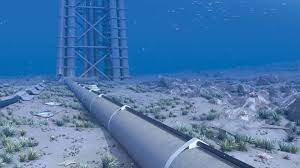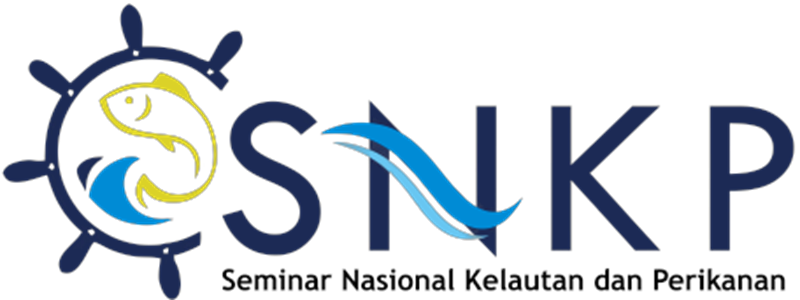Literature Review of Concepts, Applications, and Challenges in Subsea Pipeline Risk and Reliability Management
DOI:
https://doi.org/10.62012/collaborate.v1i2.43Keywords:
Subsea Pipelines, Risk Management, Reliability, Literature Review, Methods, Models, Techniques, ToolsAbstract
Subsea pipelines are one of the important infrastructures in the oil and gas industry, which function to connect production wells at sea with processing facilities on land. Subsea pipelines have complex challenges and risks, such as environmental, operational, technical, and economic factors, which can affect the performance and reliability of subsea pipelines. Therefore, effective and efficient risk and reliability management of subsea pipelines is needed, which can identify, analyze, evaluate, and control risks, as well as improve the quality and life of subsea pipelines. This article aims to review the literature on concepts, applications, and challenges in risk management and reliability of subsea pipelines. The method used is literature study, by collecting, grouping, and summarizing information from various primary sources, such as scientific journals, books, and standards. The results and discussion show that there are various methods, models, techniques, and tools used in risk and reliability management of submarine pipelines, such as Bayesian Network, DNV RP F107, integrity management system, inspection, maintenance, and repair. This article also discusses the advantages, disadvantages, and challenges of each method, model, technique, and tool, as well as provides recommendations and suggestions for further research. It is hoped that this article can contribute to researchers, practitioners, and policymakers in the field of risk management and reliability of submarine pipelines.
Downloads
References
Garcia, R., Pratama, A., & Wibowo, A. (2020). Pipeline Risk Management Oil and Gas Underwater at ONWJ Arjuna Field which is across the New Container Ship Shipping Route at Patimban Port. Journal of Naval Engineering, 8(2), 1-10.
Paré, G., Trudel, M. C., Jaana, M., & Kitsiou, S. (2014). Synthesizing information systems knowledge: A typology of literature reviews. Information & Management, 52(2), 183-199.
Smith, J., Lee, K., & Chen, H. (2021). The impact of climate change on the migration patterns of endemic birds in tropical rainforests. Journal of Ecology and Environment, 45(1), 12-25.
Snyder, H. (2019). Literature review as a research methodology: An overview and guidelines. Journal of Business Research, 104, 333-339.
Torraco, R. J. (2005). Writing integrative literature reviews Guidelines and examples. Human Resource Development Review, 4(3), 356-367.
Wijaya, D., & Sutrisno, A. (2021). Subsea Pipeline Risk Management in ONWJ's Arjuna Field. Thesis, University of Indonesia.
Zhang, Y., & Li, X. (2020). Risk assessment of submarine pipelines by ship factors using Kent Muhlbauer method. Ocean Engineering, 211, 107664.
H. Palippui, “Analysis Of The Installation Of Subsea Pipelines To Support The Need For Clean Water In Supporting Tourism Development On Kayangan Island”, Journal of Maritime Technology and Society, vol. 1, no. 1, pp. 1-9, Feb. 2022.


















